Best gravel bike pedals – light yet tough pedals for getting the power down off-road
What makes the best gravel bike pedals – road, mountain bike or something else? Check our list and find out
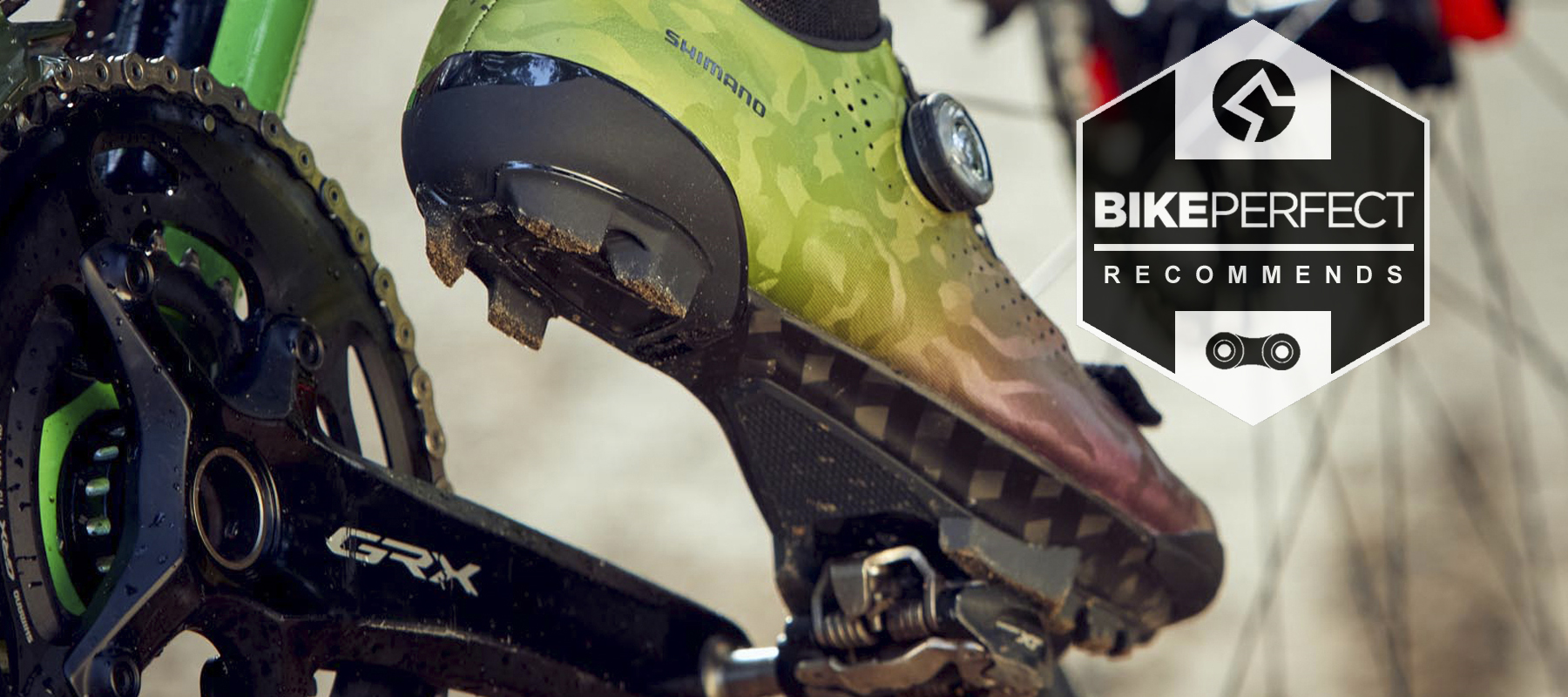
Pedals are a fairly unsexy and often-overlooked component, at least, they're overlooked until their bearings seize or the engagement mechanism fails. Yet they're a vital contact point that can seriously influence your ride even when working perfectly. Fitting the right ones can make all the difference. So what are the best gravel bike pedals, and do you even need specific pedals for riding your gravel bike?
If you're wondering how gravel bike pedals differ from the best clipless mountain bike pedals, or road ones for that matter, then you're in the right place.
They're certainly different to road bike pedals: the lightweight engagement mechanisms of road models are just too fragile, and too susceptible to clogging up, for serious rough-ground use.
They're different to many mountain bike pedals too, in that you're unlikely to want a platform or cage around the cleat mechanism. You're unlikely to be 'foot out, flat out' on a gravel bike and needing a big platform for cornering emergencies, after all.
But are they different to XC-oriented MTB pedals? Not really. Many riders find their blend of dirt-ready ruggedness and low weight just right for gravel riding.
Read on for our picks of the best gravel bike pedal options available today, or jump ahead to our guide on how to choose the best gravel bike pedals for you.
Best gravel bike pedals
Why trust BikePerfect
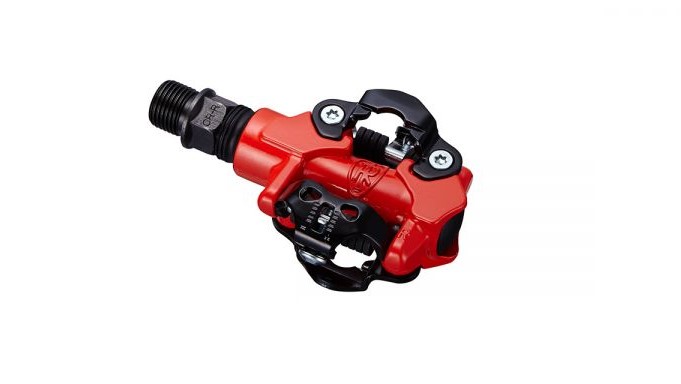
Ritchey Comp XC
Specifications
Reasons to buy
Reasons to avoid
Not only is Tom Ritchey responsible for the first production mountain bikes, but the Californian cycling legend has been a dedicated gravel bike rider for decades.
Consequently, Ritchey has a history in gravel bike frames and components which predates much of the current popularity – so you would expect them to build a convincing gravel bike pedal.
Effectively a repurposed mountain bike pedal, the XC Comp has an alloy structure and spins on a chromoly axle. It's SPD-compatible, and the force needed to clip in and out is adjustable on the pedal body.
They offer 4 degrees of float for easy movement, and the big open sides shed mud very well. If you are a gravel rider fond of big weekend routes whatever the weather, these will certainly appeal.

Crankbrothers Eggbeater 1
Specifications
Reasons to buy
Reasons to avoid
The Eggbeater pedal features a very simple stamped steel structure and a highly original engagement profile – you can clip into any of the four sides, rather than just one or two.
Known for its stylish designs, Crankbrothers' winning minimalism with the Eggbeaters means these shed mud outstandingly well. Meanwhile as there's visibly not much to them, they're light too, even though the 'wing' sections and spring mechanism is steel.
They're certainly capable of taking rock strikes and crashes in their stride, and the mix of plain and cartridge bearings these use has proven robust and durable, even in the muddy conditions these are so well suited to.
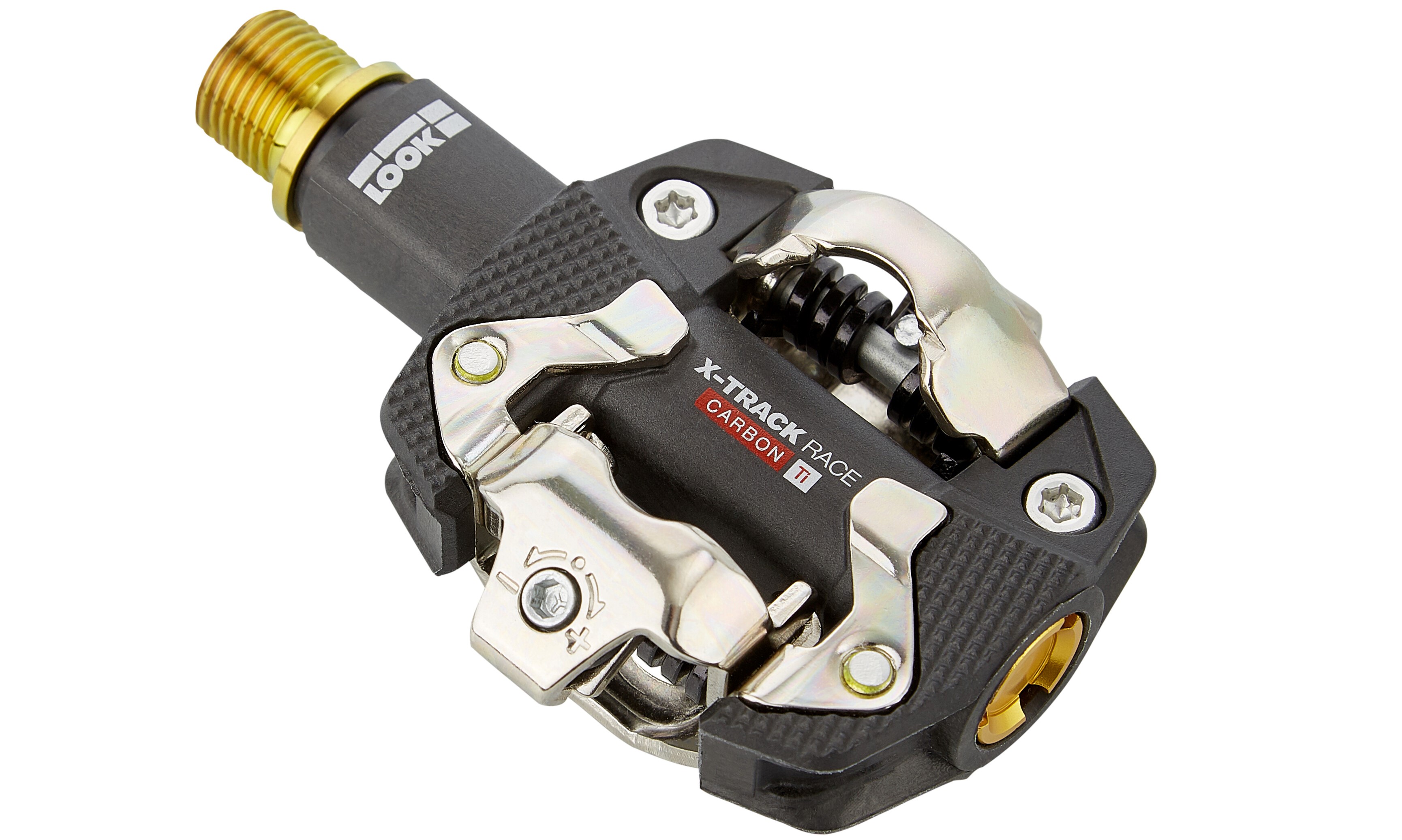
Look X-Track Race Carbon Ti
Specifications
Reasons to buy
Reasons to avoid
If cost is no object, these lightweight French mountain bike pedals are an outstanding addition to any gravel bike build.
Realizing that Shimano’s SPD-compatible system is nearly unbeatable for off-road cycling, Look has made these compatible with SPD cleats, which is a bonus.
With a carbon pedal body spinning on a very strong titanium spindle, this premium X-Track model is usefully light, yet still tough enough for rough gravel and trail use.
The only potential issue is that the compact design doesn't shed mud all that well, so if you are riding in deep winter off-road conditions, they may not be the best option.

HT M1T
Specifications
Reasons to buy
Reasons to avoid
German company HT is probably best known for producing some of the best MTB flat pedals, but its clipless offerings are no less impressive.
The M1 is a very compact design, and this M1T model gets a titanium axle too (the regular version uses chromoly, and is 46g heavier because of it). At just 252g, these ti-axled pedals don’t add much rotational mass to your stroke and are very easy to spin up.
The spring mechanism is outstanding to use and offers generous adjustment, plus these pedals actually come with two sets of cleats – one with a fairly common four degrees of side-to-side float, and another with a wider eight degrees of movement. That's great for those of us either with lingering knee injuries or just an all-action style.
The only downsides are a relatively low rider weight limit (80kg / 176lbs) and a relative lack of mud clearance thanks to that compact design.
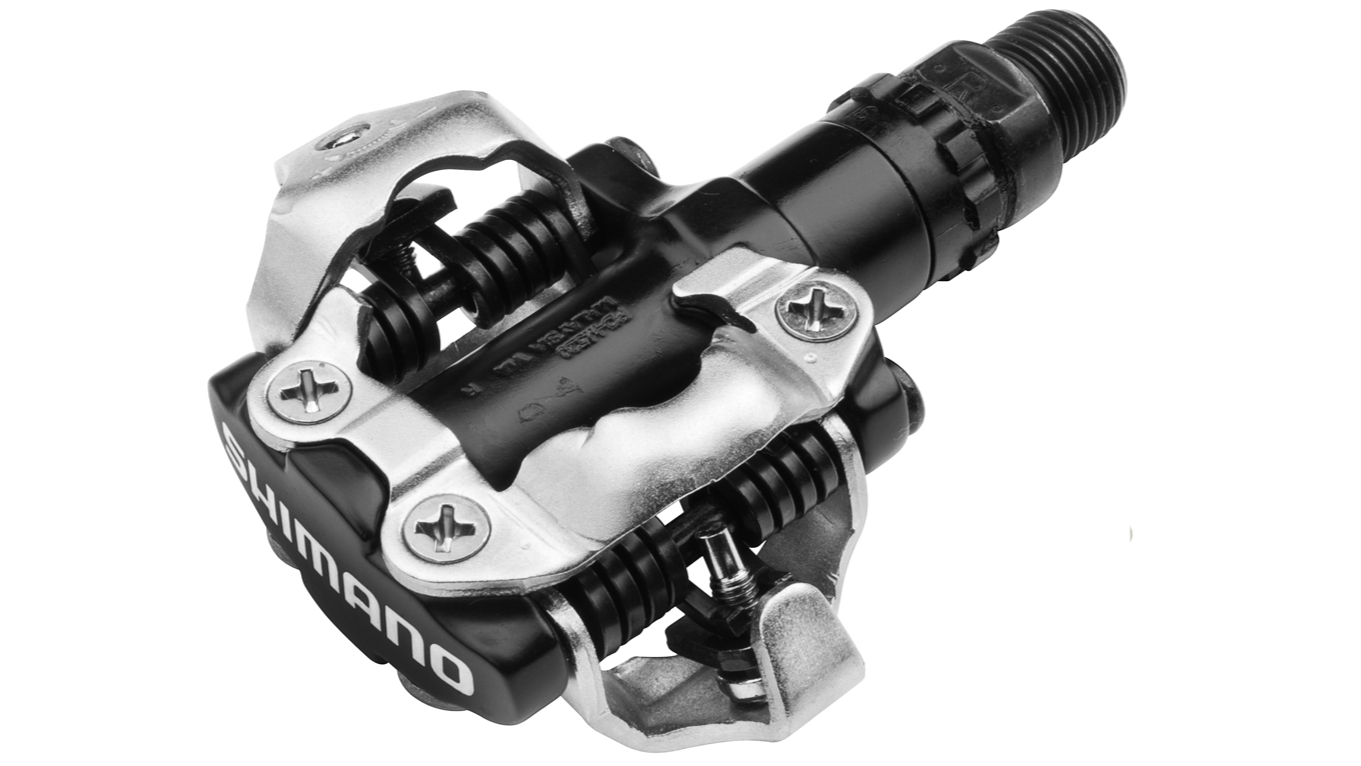
Shimano PD-M520
Specifications
Reasons to buy
Reasons to avoid
Shimano can rightly claim to have revolutionized mountain biking with its SPD clipless technology. Since the early 1990s, the SPD system has proven fantastically reliable, even with next to no maintenance.
If you are on a budget there is nothing better than Shimano’s PD-M520 – and even if you aren't, you can do a lot worse. Its simple and robust design delivers secure cleat interfacing and its sealed cartridge bearings seem to last forever.
They aren't going to win any prizes for beauty or style, but they get the job done perfectly at an excellent price. Easily serviceable though only rarely requiring it, the Shimano PD-M520s are true fit-and-forget gravel riding pedals.
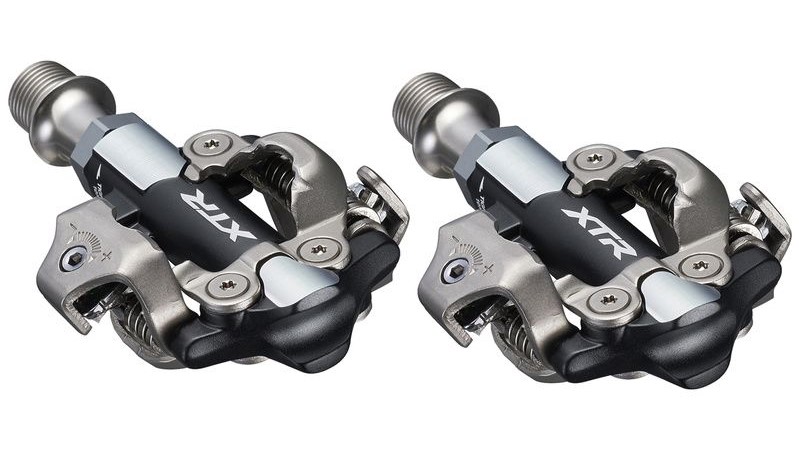
Shimano XTR PD-M9100
Specifications
Reasons to buy
Reasons to avoid
This range-topping version of Shimano's SPD pedal retains all the robust durability and secure engagement of the cheaper models, but gets a slimmed-down design with it.
Both the axle and the axle housing have been slimmed down from the outgoing M9000 design, to simultaneously reduce weight and enhance mud-shedding space.
The pedal's overall profile has also been smoothed to help it ditch excess mud, while the contact area for your shoes has been increased. Mechanism adjustment, bearing life and general durability remain as good as ever though – and that's very good indeed.
How to choose the best gravel bike pedals for you
Is a single-sided mechanism okay?
The struggle to find the sole correct side of a clipless pedal can vary between annoying and dangerous when riding off-road.
For most gravel riders, double-sided mechanisms are absolutely worth seeking out, as they double your chances of clipping back in easily if contact is broken over a rough section.
Although single-sided clipless pedals can be exceptionally light and offer great mud-shedding ability, they can also be deeply annoying to reengage when you have unclipped over rough terrain.
Are steel axles just too heavy and cheap?
Not at all. A quality steel axle can be very strong – which is what you really need for harsh off-road riding – without adding excessively to the price.
And while the titanium (actually more likely a titanium alloy) of the premium options have their place – they offer the same tensile strength for nearly half the weight – the axle is a relatively small part of the pedal. Consequently, ti-axled options that really concentrate on reducing weight tend to actually be less strong, and have rider weight limits as a result.
Is maintenance important?
No pedal lasts forever, but making sure the bearings are still spinning freely – and axle inside is clean and greased – will massively increase their lifespan.
Not all pedals are that well sealed against the elements, and some have bearings (or bushings) that are very difficult to replace without specialist tools. You're very unlikely to have to dismantle them out on the trails, but if you're planning big miles in all weathers, a set that's easy to dismantle at home is a real boon.
Choosing a set that doesn't need that much maintenance in the first place is another major plus... for that, check out the Shimano pedals above.
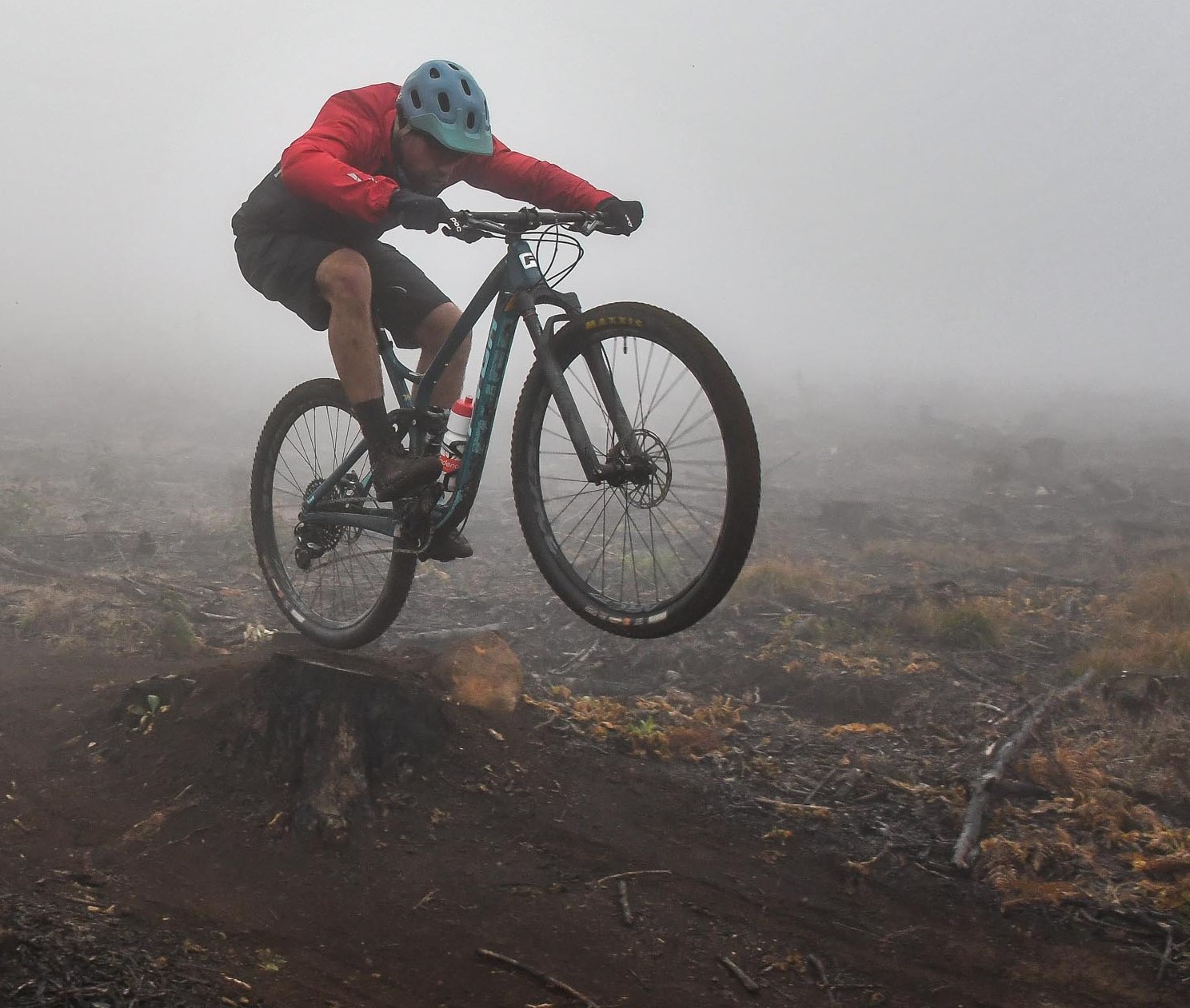
Lance Branquinho is a Namibian-born journalist who graduated to mountain biking after injuries curtailed his trail running. He has a weakness for British steel hardtails, especially those which only run a single gear. As well as Bike Perfect, Lance has written for MBR.com, Off-Road.cc and Cycling News.
